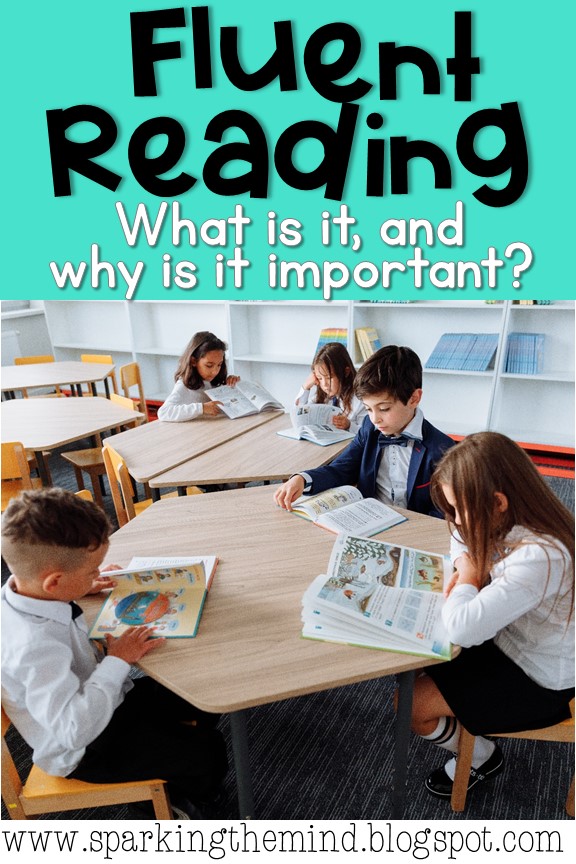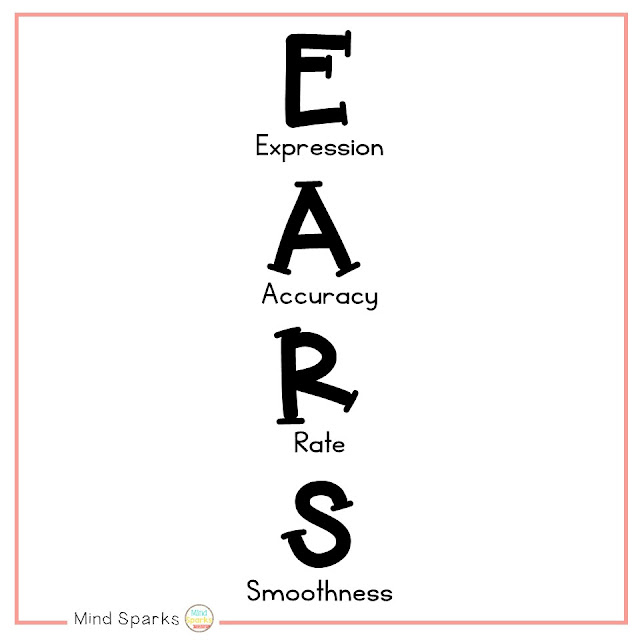The instructional day for students (and teachers) is packed. This makes it difficult to find time to implement anything new.
Time is JUST SO precious, isn't it?
While we can't create more time (sure would be nice, huh?), we can try to find (or carve out) small moments in the day for important instructional tasks.
We know fluent reading is important, and we know the way achieve fluent reading is through opportunities to practice what students have learned.
This means we MUST give students multiple opportunities to read text appropriate for them.
We have to make it a priority to find time for daily fluency practice. Take a look at the suggestions below to see where you might fit daily fluency practice into your day.
- Morning Routine--Use fluency practice as a bell ringer activity. After students have entered the classroom and put away their things, have them engage in repeated readings or partner readings.
- End of the Day--After students pack up have students participate in echo, choral or cloze reading to wrap up the day. Students could also partake in repeated readings or reading with a partner.
- Transitions--When students transition back from specials, lunch or recess they can do a 5-10 minute fluency activity, much like the morning routine option. This would be a great opportunity to get students to calm their bodies and brains.
- Centers--Have fluency practice as a center choice on a daily basis. Students could partner read, do repeated readings with whisper phones, or even record themselves reading each day!
- Small Group--devote 5 minutes of each small group time to fluency practice. This could be in the form of one breath boxes, high frequency words and phrases, high frequency flashcards or repeated readings of appropriate leveled passages your small group is working on.
- Whole Group-Start out each reading lesson with 5-10 minutes of fluency practice. Perhaps each week you could select a poem and then do various fluency activities with the poem each day. Monday could be Choral reading, Tuesday Echo reading, Wednesday Cloze reading, etc.
- RTI--have fluency work be apart of each tier 2 and tier 3 group. Groups could engage in readers theater or repeated readings. Fluency work could be the entire focus of the group, or just a portion of it.
So, how much time should be devoted to daily fluency practice? Well, according to Dr. Timothy Shanahan you should schedule 30 to 45 minutes per day for fluency instruction. This doesn't have to be in one time block--break the thirty minutes up in various chunks. The important thing is that fluency instruction should be happening!
If you take time to reflect on your daily schedule, you may find 5 to 10 minutes at various points of the day where you can squeeze in intentional fluency practice. Or perhaps there is something that isn't quite moving the needle that you may cut out in order to implement a new fluency routine.
What do you do for daily fluency practice? I'd love to know!















